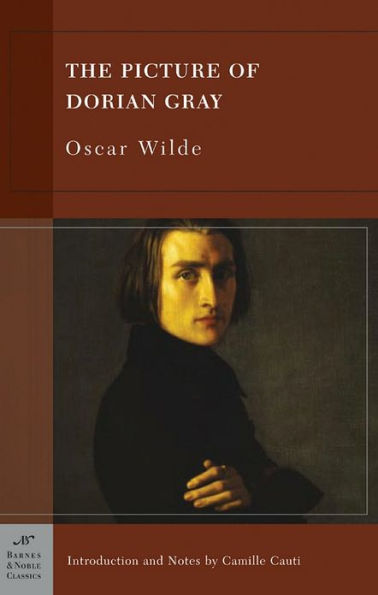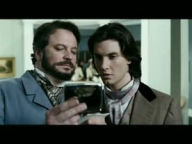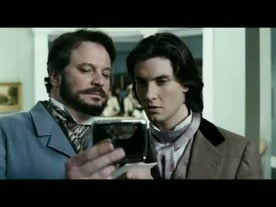Read an Excerpt
From Camille Cautis Introduction to The Picture of Dorian Gray
Perhaps the most salient episode of Wildes life involved his three infamous court trials in spring 1895. They captivated the London press, much of which was only too happy to see Wilde, of whom it had long been jealously suspicious, debased and finally punished for his alleged crimes and for daring to live outside Victorian social convention. The first trial, in early April 1895, involved the authors libel suit against his lover Douglass father, the Marquess of Queensbury (before the trials, he was most famous for formulating the Queensbury rules of boxing). Angry over Wildes alleged influence upon his son, Queensbury accused Wilde in a note of being a "posing somdomite" (sic). Queensburys defense attorney even presented The Picture of Dorian Gray as an immoral, perverted book and as one of the fifteen pleas for justification of his clients claim (although the justice at Wildes next trial chose not to rule Dorian Gray as evidence of Wildes crimes). Thus the novel took on yet another role: involuntary accomplice to Wildes accuser. The libel suit was not resolved in Wildes favor, and during the proceedings Queensburys defense provided enough potential evidence of homosexuality to have Wilde tried under the Criminal Law Amendment Act. Friends and associates urged Wilde to flee the country, as other homosexuals on the verge of being outed had done, but whether from stubbornness of his position or in denial of his vulnerability, he remained in London and was arrested on April 5, 1895.
After two trials on charges of "committing acts of gross indecency with male persons," Wilde ultimately was found guilty and sentenced to the maximum penalty of two years in prison with hard labor. He gave eloquent testimony on the stand to the legitimacy of, as he called it, "the love that dare not speak its name," which in large part drives The Picture of Dorian Gray. Among many other definitions, Wilde declared it "that deep spiritual affection that is as pure as it is perfect. It dictates and pervades great works of art like those of Shakespeare and Michaelangelo. . . . It is the noblest form of affection." His words were rewarded, really too late, with spontaneous courtroom applause. Yet the press exulted in Wildes demise: "The aesthetic cult," the News of the World proclaimed, "in its nasty form, is over."
The details of Wildes final five years, spent in prison and in lonely exile, are tragic. The prison labor, which at first primarily involved operating a treadmill for the equivalent of a daily 6,000-foot ascent, physically broke Wilde. His creditors and Queensbury had forced a bankruptcy sale of his property, and his valuable, carefully collected possessions were sold and disbursed. His wife, who had sought a divorce, died in 1898. He would never again see his sons. From prison, Wilde composed, in the form of a letter to Douglas, his apologia De Profundis (posthumously published in 1905), whose Latin title means "Out of the Depths," and which takes its name and religious tenor from Psalm 130, which reads, in part: "If thou, Lord, shouldest mark iniquities, O Lord, who shall stand? But there is forgiveness with thee, that thou mayest be feared." The probing, deeply religious nature of this last work still did not bring about Wildes Catholic conversion, however. (Douglas would convert in 1911.) Unlike John Gray, Wilde could not bring himself to use religion as a refuge from his earthly problems. Wildes conversion instead took place within the last two days of his life, when desperate friends, the Catholic Robbie Ross among them, who had long thought Wilde insincere when he mentioned his desire to convert, brought in a local priest to gauge Wildes assent to the conversion and to administer Last Rites.
Appropriately, Wildes last act was an assent to a final ritual-in this case, one that symbolically sealed the senses that had dictated his life-long self-creation. Wildes only novel, over the years many things to many people, continues to serve as a symbol of its era. After experiencing it, a reader may want nothing more than to override questions of genre and influence, when The Picture of Dorian Gray itself tells us what it has been: "the type of what the age is searching for, and what it is afraid it has found."




